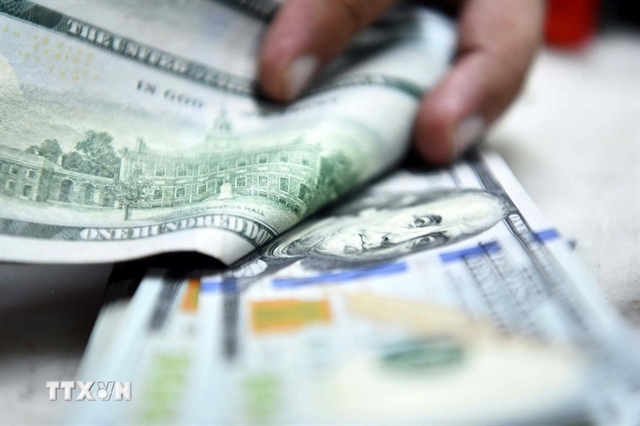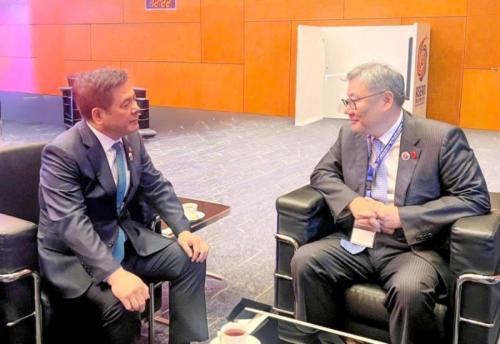Remittances to HCM City near $8bln in nine months
HCM City saw $2.737 billion in remittances in Q3, down slightly from the prior quarter but up a robust 18 per cent from the same period in 2024.
HCM CITY Remittance inflows to HCM City have shown resilience amid global economic turbulence, climbing to US$7.97 billion in the first nine months of 2025, bolstering exchange rate stability and fueling local growth.
The figure, reported by the State Bank of Việt Nam’s Region 2 Branch, reflects a 6.25 per cent year-on-year hike.
The third quarter alone saw $2.737 billion in remittances, down slightly from the prior quarter but up a robust 18 per cent from the same period in 2024.
By region, Asia led as the primary source, contributing 50.4 per cent of the total. The Americas followed with 30.2 per cent, Europe 9.0 per cent, the Oceania 8.4 per cent, and Africa 2.0 per cent.
Africa stood out with a 150.3 per cent year-on-year surge over the nine months, including a striking 266 per cent jump in the third quarter. Europe rose 16.7 per cent, the Oceania 11.1 per cent, and America 10.3 per cent, while Asia dipped 2.8 per cent.
Trần Thị Ngọc Liên, deputy director of the branch, said the fourth quarter is when the real money rolls in, thanks to Christmas, New Year, and Lunar New Year holidays, when Vietnamese expats send extra cash home. The central bank, she noted, projected that the 2025 total remittances will top last year’s number.
In 2024, HCM City absorbed $9.6 billion, a hefty chunk of the $16 billion sent to Việt Nam overall.
Source: VNA/VNS
Photo: XINHUA/VNA





